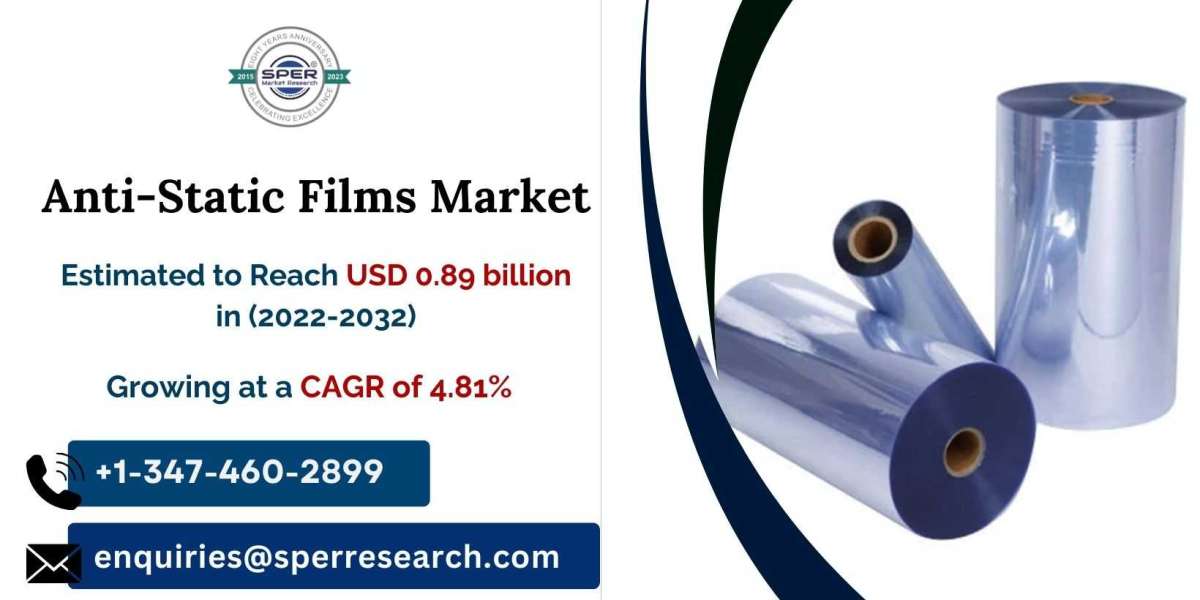In the ever-evolving recruitment landscape, businesses need efficient tools to manage and optimize their hiring processes. One of the most effective ways to streamline recruitment and talent management is by integrating Applicant Tracking System (ATS) with HR systems. This integration not only improves the overall recruitment experience but also creates a unified ecosystem for managing the entire employee lifecycle—from hiring to onboarding and beyond.
In this article, we explore the numerous benefits of integrating ATS with HR systems and how this integration can transform the way companies manage talent acquisition.
1. Streamlined Recruitment and Onboarding
One of the primary advantages of integrating Applicant Tracking Systems (ATS) with HR systems is the seamless transition from recruitment to onboarding. Here’s how this integration enhances these processes:
1.1. Faster Candidate Onboarding
When an ATS is integrated with an HR system, all candidate information is automatically transferred once they are hired. This eliminates the need for duplicate data entry and ensures that the new employee's information is ready for onboarding the moment they accept the offer.
1.2. Consistent Data Flow
With an integrated system, there is no need to switch between platforms to manage candidate data. The consistent data flow between the ATS and HR system reduces errors, saves time, and ensures that critical candidate information is accurately captured throughout the recruitment and onboarding processes.
2. Enhanced Data Centralization
Centralizing recruitment and employee data is crucial for maintaining an organized HR ecosystem. By integrating ATS with HR systems, businesses can centralize key data and improve decision-making processes.
2.1. Single Source of Truth
With integration, both the HR and recruitment teams work from the same database, creating a single source of truth for employee records. This centralization minimizes the risk of data discrepancies and ensures that all stakeholders have access to accurate, up-to-date information.
2.2. Improved Reporting and Analytics
Combining ATS and HR systems enables businesses to generate comprehensive reports that cover both recruitment metrics (time-to-hire, candidate sources, etc.) and HR performance indicators (employee turnover, retention, etc.). This holistic view helps HR teams make data-driven decisions to enhance overall workforce management.
3. Improved Candidate Experience
In today’s competitive job market, providing a smooth and engaging candidate experience is essential. Integrating ATS with HR systems can significantly improve the candidate journey from the moment they apply to when they become employees.
3.1. Faster Communication
An integrated system allows recruiters and HR teams to communicate more effectively with candidates, sending real-time updates about their application status, interview scheduling, and onboarding requirements. This timely communication helps keep candidates engaged throughout the process.
3.2. Seamless Transition from Applicant to Employee
Candidates who are hired don’t have to repeat the information they’ve already provided, as all their data is transferred directly from the ATS to the HR system. This seamless transition helps create a positive first impression and enhances the overall onboarding experience.
4. Automation of Administrative Tasks
Recruitment and HR management involve numerous administrative tasks that can be time-consuming if handled manually. Integrating ATS with HR systems can automate many of these tasks, resulting in increased efficiency.
4.1. Automated Document Collection
Once a candidate is hired, the integrated system can automatically request and collect documents such as tax forms, identification, and certifications. This automation speeds up the onboarding process and ensures compliance with company policies.
4.2. Automatic Compliance and Reporting
An integrated system can help organizations automatically track compliance-related data, such as Equal Employment Opportunity (EEO) information or industry-specific certifications. This ensures that businesses remain compliant with regulations and reduces the administrative burden on HR teams.
5. Holistic View of Talent Acquisition and Workforce Planning
When Applicant Tracking Software is integrated with HR systems, businesses gain a holistic view of their workforce. This overview allows HR leaders to align their recruitment strategy with long-term workforce planning.
5.1. Aligning Recruitment with Business Goals
With access to comprehensive workforce data, HR leaders can identify gaps in the company’s talent pipeline and adjust their recruitment strategy to meet future needs. Integration also allows businesses to forecast future hiring needs and optimize talent acquisition accordingly.
5.2. Workforce Retention and Development
By integrating ATS data with HR performance metrics, companies can analyze the effectiveness of their recruitment efforts in terms of employee retention and development. This data helps organizations identify which recruitment strategies bring in long-term, high-performing employees.
6. Enhanced Collaboration Between Recruitment and HR Teams
Recruitment and HR teams often work in silos, which can create inefficiencies and slow down the hiring process. By integrating ATS and HR systems, collaboration between these teams improves significantly.
6.1. Shared Access to Candidate Data
An integrated system ensures that both recruitment and HR teams have shared access to candidate and employee data, fostering better collaboration. With all teams working from the same platform, there’s less room for miscommunication, and handoffs between departments are more seamless.
6.2. Real-Time Updates and Notifications
Integration allows recruitment and HR teams to receive real-time updates and notifications about the hiring process. Whether it’s an offer being accepted or a new hire completing onboarding, all stakeholders remain informed and aligned.
Conclusion
Integrating Applicant Tracking Software with HR systems is a game-changer for businesses looking to streamline recruitment and improve workforce management. The integration enhances candidate experience, centralizes data, automates administrative tasks, and fosters collaboration between recruitment and HR teams.
For companies like Exelare, adopting integrated recruitment solutions ensures a more efficient hiring process, better workforce planning, and a seamless transition from candidate to employee. In today’s fast-paced job market, integration is no longer just an option; it’s a necessity for staying competitive and achieving long-term recruitment success.


